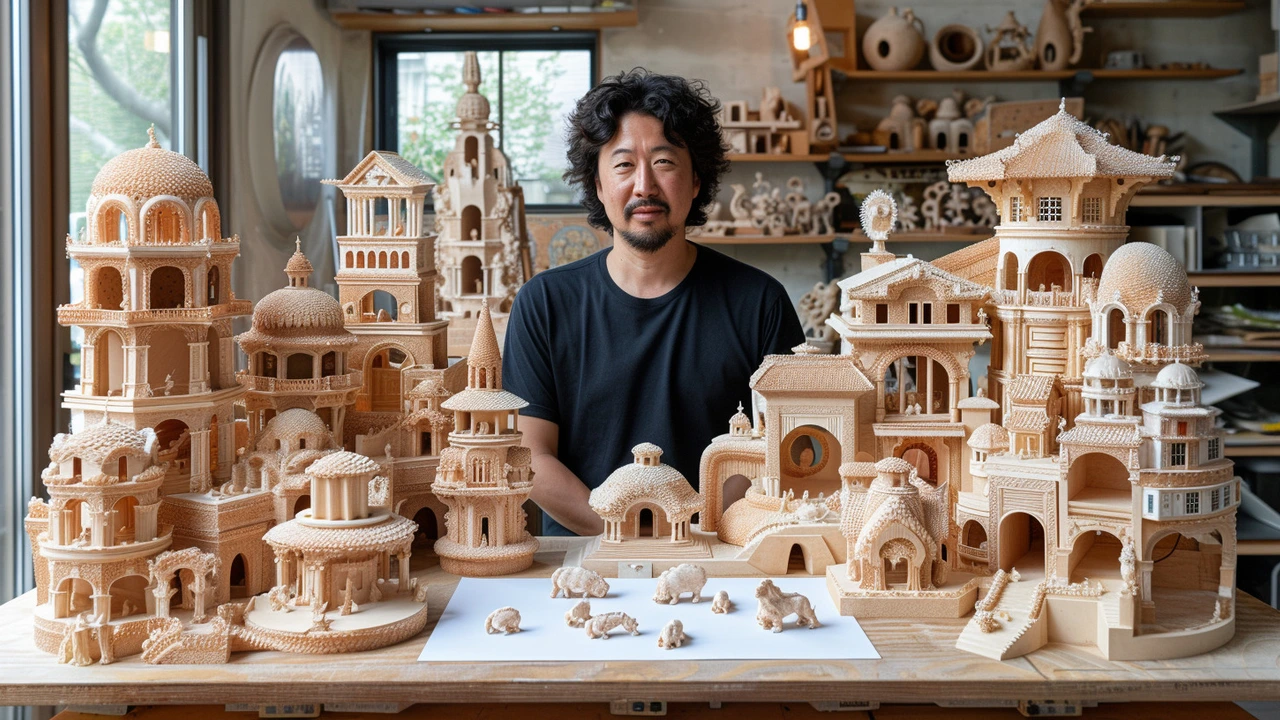Hey there! I'm just fascinated by how those grand, ornate Baroque buildings from centuries ago continue to inspire our designs today—I mean, isn't it amazing? Whenever I see those dramatic curves and bold details in current structures, I can't help but think of Baroque's powerful touch. Have you noticed that too? It's like we're having a conversation with history through our buildings. In this post, I'll dive into the ways Baroque architecture's grandiosity and flamboyance still echo in our modern designs. Join me in uncovering this timeless dialogue between the past and present—it's a real testament to Baroque's enduring charisma!
Modern design trends: quick, practical ideas for buildings and interiors
Want a space that feels fresh without chasing fads? Modern design trends today are practical, visual, and often driven by tech and purpose. This page gives you clear, usable ideas you can spot in the city, apply to a renovation, or use when planning a new build.
Key trends to watch
High-tech aesthetics: exposed structure, glass, and steel keep popping up in city skylines. These materials make buildings read as honest and engineered—think visible supports, curtain walls, and systems that are part of the look, not hidden.
Neo-futurism and curves: straight boxes are giving way to flowing shapes and soft corners. Curved facades and sculptural roofs add movement and make public spaces feel inviting. Use curves sparingly to avoid extra cost but gain big visual impact.
Biophilic design: greenery, natural light, and materials like warm wood or stone are core. Plants improve mood and air quality, and large windows that frame trees or the sky are an easy upgrade for both homes and offices.
Sustainable materials and systems: low-carbon concrete mixes, cross-laminated timber, solar integration, and efficient HVAC are now mainstream. Clients want lower running costs and lower carbon footprints—design with longevity and reuse in mind.
Flexible, mixed-use spaces: rooms that shift function—work to play to rest—are key. Sliding partitions, built-in storage, and furniture on casters make a place adaptable without major renovation.
How to use these trends in real projects
Start with one move that changes everything. Want a modern lift for a living room? Replace heavy drapery with a simple solar-control blind, add a large indoor plant, and bring in a single mid-century modern chair. The room feels current without a full overhaul.
Mix old and new carefully. Classic details—columns, ornament, or historic brick—pair well with modern glass or metal if you respect proportion. Adaptive reuse projects that keep original walls but add modern systems are cheaper and more interesting than full demolitions.
Use tech where it helps: smart lighting that adjusts color temperature, sensors for ventilation, and integrated shading cut costs and improve comfort. But don’t add tech just because it’s new—pick systems that are serviceable and proven.
Keep materials honest and tactile. Matte finishes, textured plaster, and untreated wood read modern and warm. Avoid shiny fake finishes that age badly.
Finally, think in layers. Combine an architectural idea (like a curved wall) with practical moves (daylighting, cross-ventilation, and easy-to-clean finishes). That’s how trends become lasting design—beautiful, useful, and resilient.
Want examples or project ideas? Check our articles on high-tech architecture, neo-futurism, mid-century modern, and how classical styles keep influencing modern work. Pick one trend, try it on a small scale, and you’ll see how quickly a space updates.

